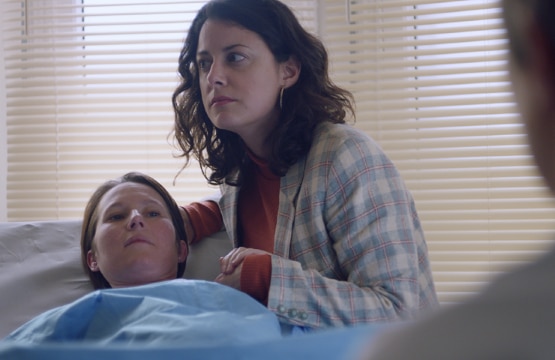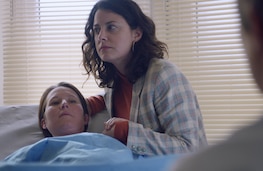

Genetics and certain toxins in the environment [2] are possible causes of endometriosis. There are also issues that put you at a greater risk, like a history of pelvic infection or something known as retrograde menstruation. That’s a condition where your period blood starts going ‘backwards’ – rather than out of the vagina, it flows back through the fallopian tubes and into the pelvic cavity. This blood contains endometrial cells, which then stick to the pelvic walls and to other organs, where they continue to thicken and bleed during each menstrual cycle.
It drove me crazy. I wondered how it was possible to be so sick all the time, all these symptoms happening at once.
